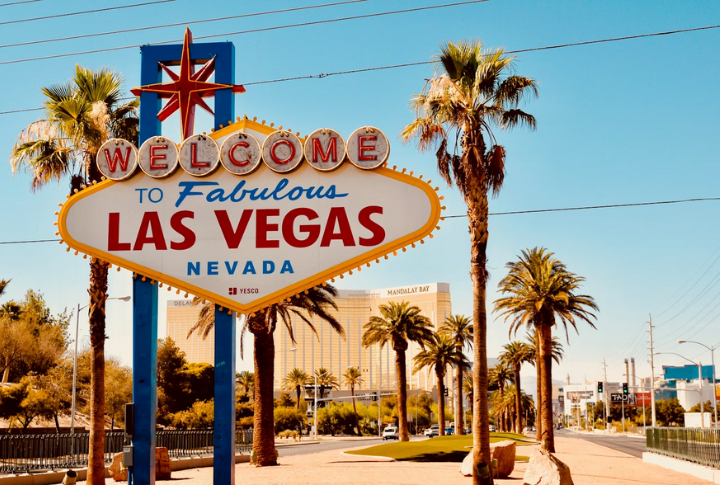
Bright lights, mob money, superstar residencies, and billion-dollar bets—Vegas didn’t just flourish overnight. It was built move by move like a high-stakes poker hand. Over many decades, the city transformed its dusty beginnings into a global phenomenon. These 10 defining moments reveal how Las Vegas became America’s most unpredictable masterpiece.
Early Economy
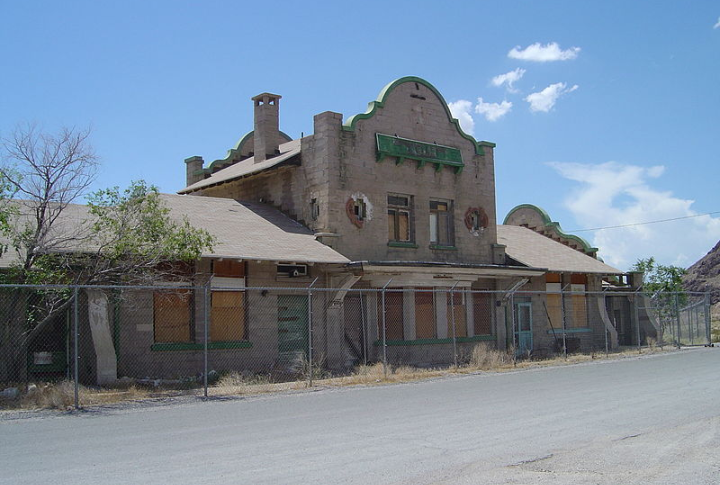
In 1905, Las Vegas began as a dusty rail town with 110 acres of land auctioned off near the Union Pacific line. Its location between Salt Lake City and Los Angeles attracted many settlers. By the 1920s, it had saloons that made it a slowly growing economy, but above all, it had power and ambition.
Legalization Of Gambling
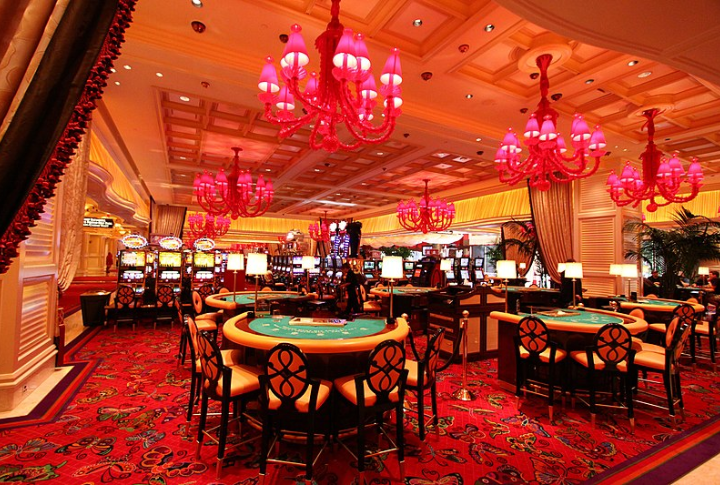
Nevada legalized gambling through Assembly Bill 98 on March 19, 1931, to help the state survive the Great Depression. This bill gave Las Vegas an edge over every other U.S. city, as investors now felt safe investing in high-end casinos. With only 94,000 residents statewide, gambling became an economic lifeline.
Hoover Dam Boom
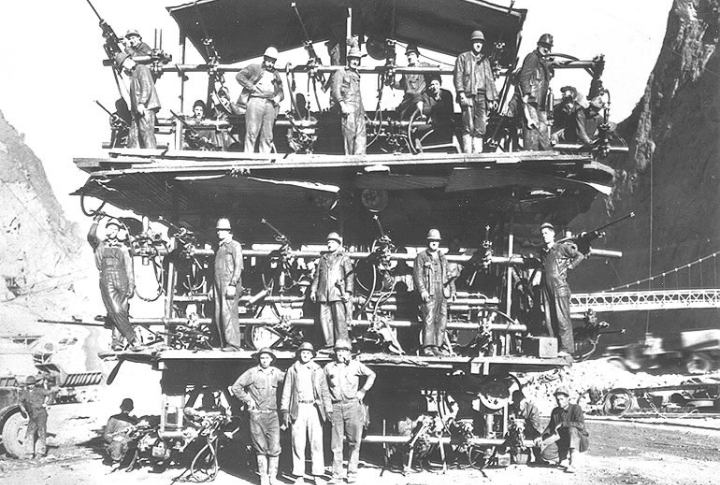
Between 1931 and 1936, more than 20,000 dam workers flooded into Vegas, young and ready to spend. In their presence, bars thrived, entertainment options expanded, gaming became a regular occurrence, Fremont Street pulsed with action, etc. Paychecks disappeared within hours, and casinos boomed even further.
Mob Influence & The Birth Of The Strip
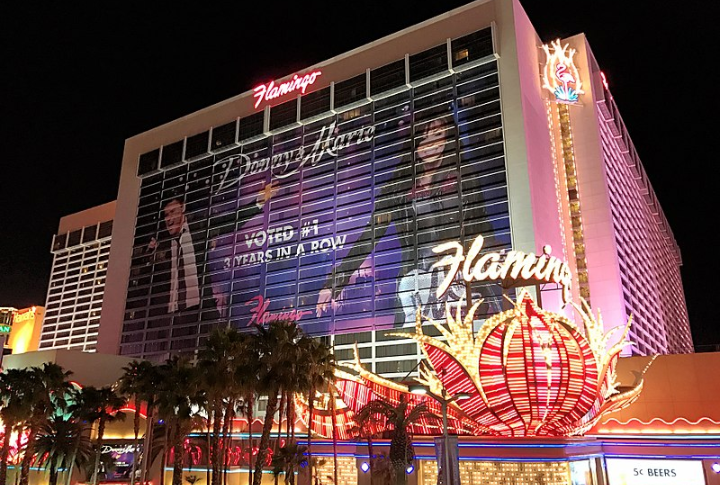
Bugsy Siegel and other investors opened the lavish Flamingo, bankrolled by the Mob in 1946. Another casino, El Rancho Vegas, had already debuted on the Strip (a stretch of Las Vegas Boulevard) in 1941. While the Mafia ran the show, the casinos operated with flair and firepower.
Golden Age Of Entertainment
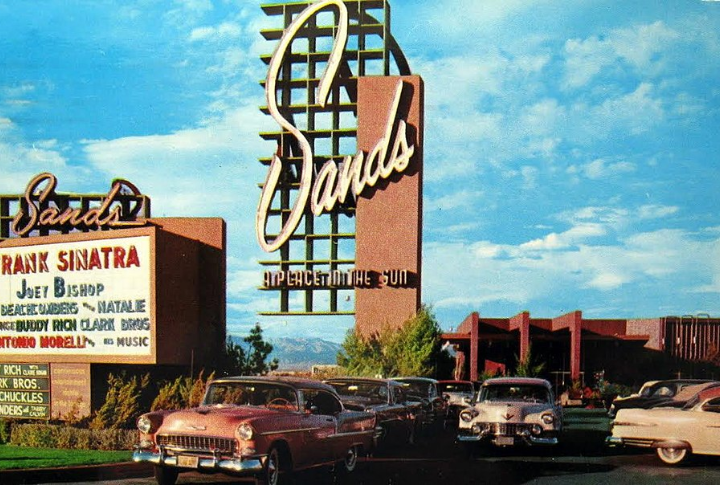
By the 1950s, Las Vegas glittered with celebrity power. Sinatra sang, Elvis dazzled, and Rat Pack legends gambled beside fans. Casinos became theaters wrapped in neon lighting. The city was no longer just a gambling destination but an exclusive club that provided high-class entertainment.
Corporate Takeover
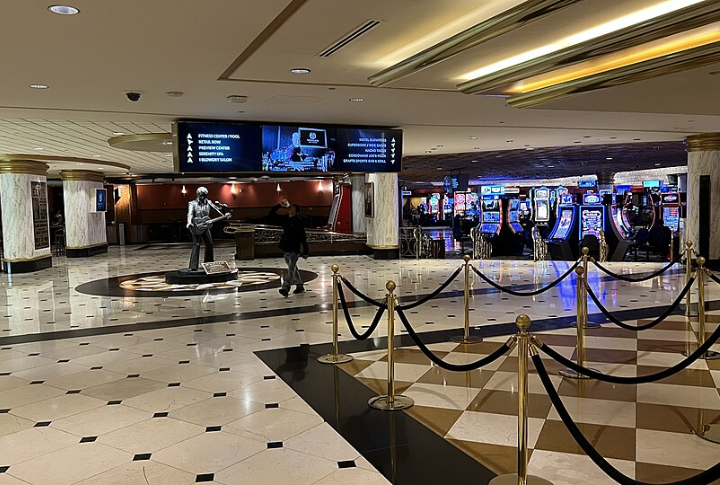
A decade later, federal crackdowns dimmed Mob influence, and corporations stepped in. Giants like Hilton Hotels & Resorts and Caesars Entertainment bought up properties, converting Las Vegas into a well-regulated, family-friendly destination. The clean money it generated brought credibility and tax records.
The Mirage Effect
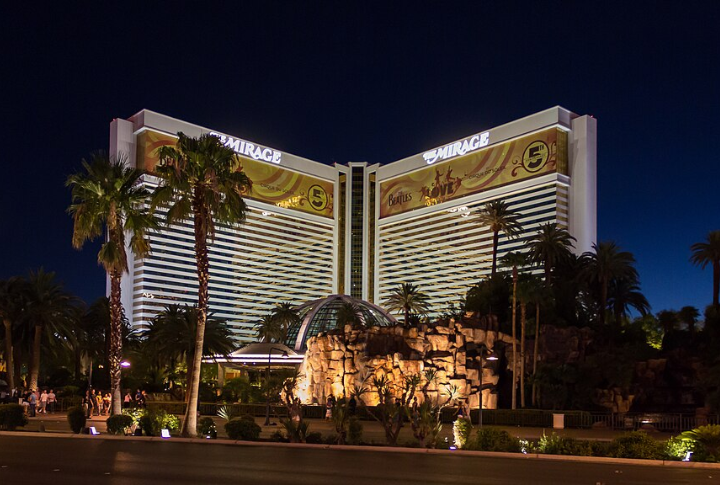
Steve Wynn’s The Mirage opened with a bang in 1989. Built with Wall Street funds, it cost 630 million dollars to open and launch the era of themed mega-resorts. Tigers and waterfalls changed the Strip forever, and guests now came to be wowed as well as win.
Sports & Major Events
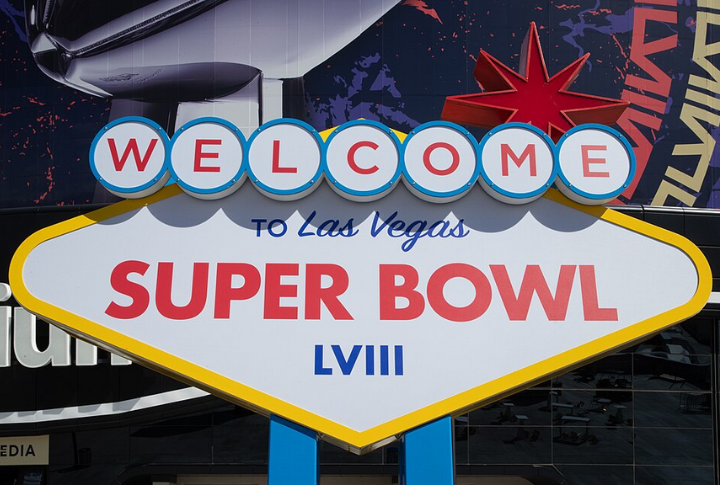
Since 2017, Vegas has become a sports capital. The Golden Knights and Raiders sparked a fan frenzy. F1 also zoomed in 2023, and Super Bowl LVIII hit in 2024. Add UFC and NBA Summer League to the list, and the city officially became the one-stop destination for all kinds of entertainment.
Technology & Digital Transformation

Vegas is fast evolving into a fully connected smart city. It leverages tech to transform the guest experience—facial recognition, AI personalization, virtual gaming, cashless play, and advanced surveillance enhance convenience. Resorts also hopped on and now offer apps for room control and dining.
Modern Las Vegas
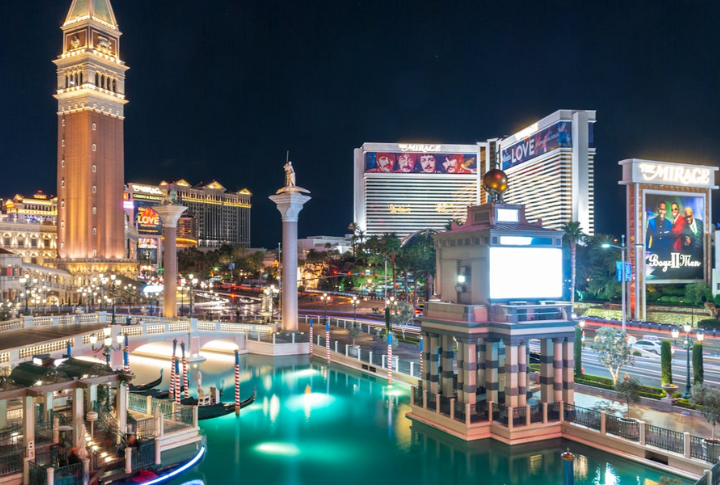
As the years went by, Vegas developed into a gambler’s dream, from Michelin-starred dining to energetic sports. Now, Las Vegas attracts over 40 million visitors annually who come seeking an unforgettable experience. Guests can party with DJs and shop Dior under the same roof!
